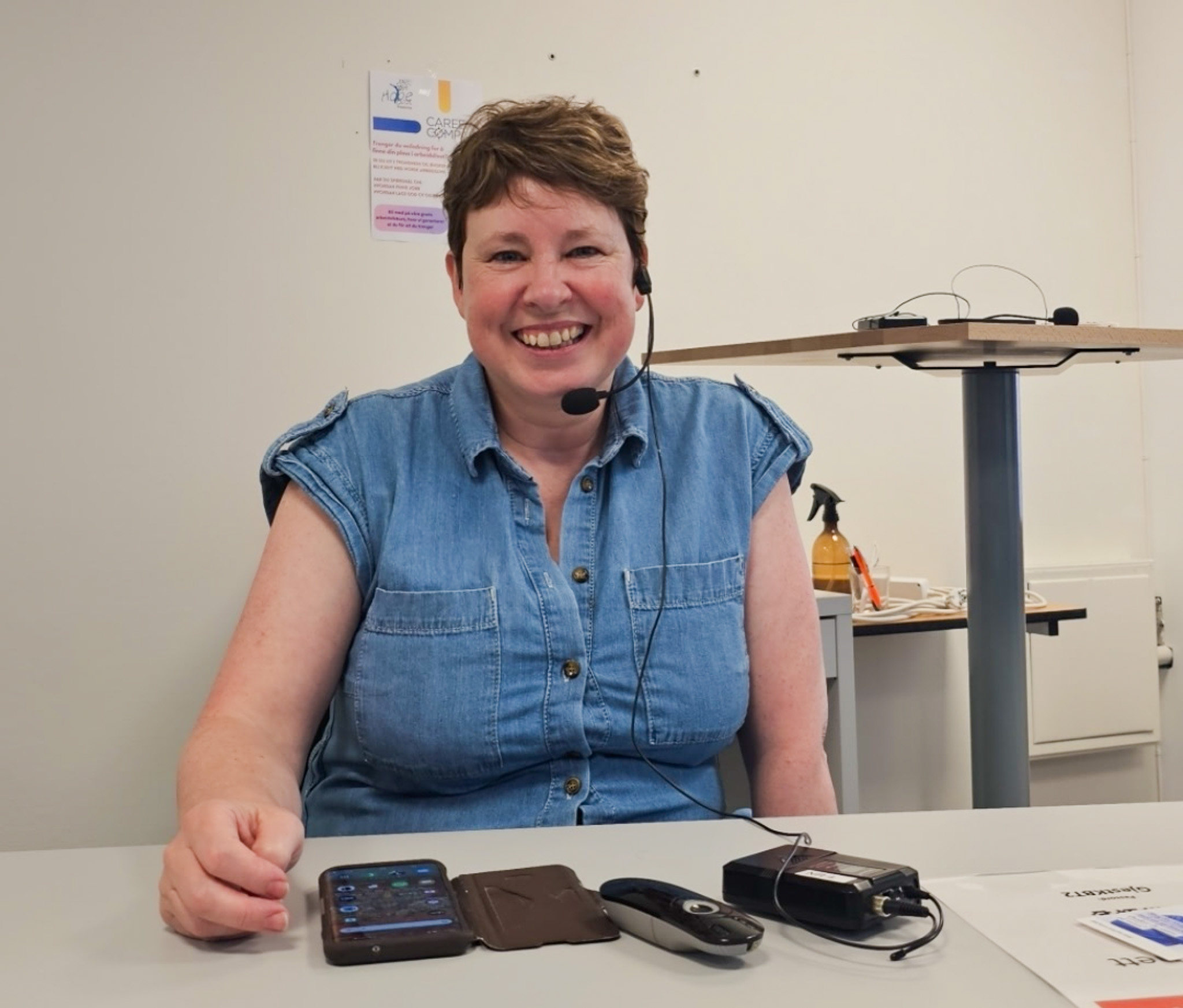One of the researchers behind the CHIME recovery framework, Dr. Mary Leamy, is a collaborator on the CHIME 2.0 project. On June 6th, Leamy visited us in Trondheim, both to work on the project and to lecture for the students in the Peer Support Worker education.
What is CHIME?
CHIME is an acronym for Connectedness, Hope, Identity, Meaning, and Empowerment. The CHIME framework was developed by researchers in England and presented in a 2011 article*. The researchers created the framework after reviewing nearly 100 qualitative research articles on recovery.
*Leamy, M., Bird, V., Boutillier, C. L., Williams, J., & Slade, M. (2011). Conceptual framework for personal recovery in mental health: Systematic review and narrative synthesis. British Journal of Psychiatry, 199(6), 445–452. https://doi.org/10.1192/bjp.bp.110.083733
CHIME 2.0.
The CHIME 2.0 project focuses on the implementation of recovery and CHIME in Norwegian municipalities. In the project, we work on developing and delivering recovery-oriented training courses for service leaders and staff in municipal mental health and substance abuse services. CHIME 2.0 is supported by the Dam Foundation through the Norwegian Council for Mental Health.
Meeting experts through the education program
At KBT Vocational College, you receive lessons from both regular teachers and experts in various subjects. These experts come from academia, research, and the field of practice. Recovery is an important topic in the Peer Support Worker education, so it is a great pleasure to welcome one of the key researchers in the field of recovery.
Research on recovery and the CHIME framework
Dr. Leamy discussed how they reviewed numerous qualitative research articles on recovery and developed the CHIME model, which many of us recognize today. The model is more complex than the acronym CHIME alone suggests, and Mary guided the students through the different categories in the model. She recommended reading the original 2011 research article for a deeper understanding of the CHIME model.
Students also learned about recent research, including ongoing studies in Thailand. Much of the previous research on recovery comes from Western countries, so it will be interesting to see what findings emerge from another part of the world.
INSPIRE – Measuring personal recovery
While the CHIME framework explains factors important for personal recovery, it is not ideal for measuring recovery processes. Therefore, researchers at King’s College London, in collaboration with service users, developed the INSPIRE tool, which you can read about and download at researchintorecovery.com. Leamy emphasized the distinction between clinical and personal recovery, where clinical recovery refers to being symptom-free.
Variations of the CHIME model
In recent years, there have been several variations of the CHIME model from different groups, which add one or more letters. Leamy pointed out that most of these are not research-based and divert the framework in directions different from what the CHIME model was intended for.
This text was translated from Norwegian with help from the AI-tool chatgpt.

